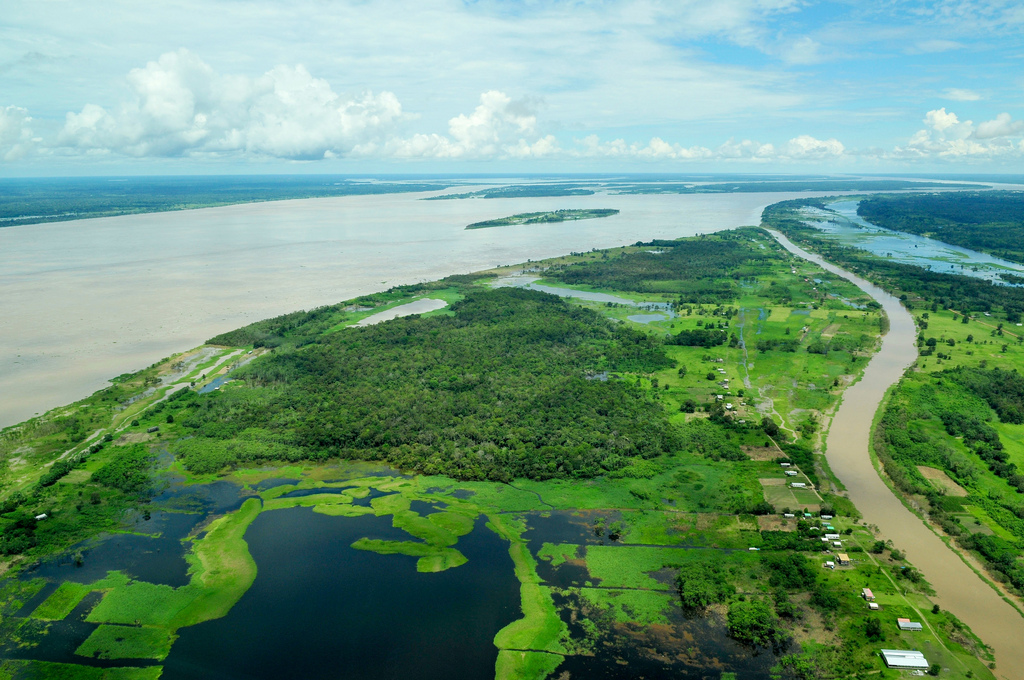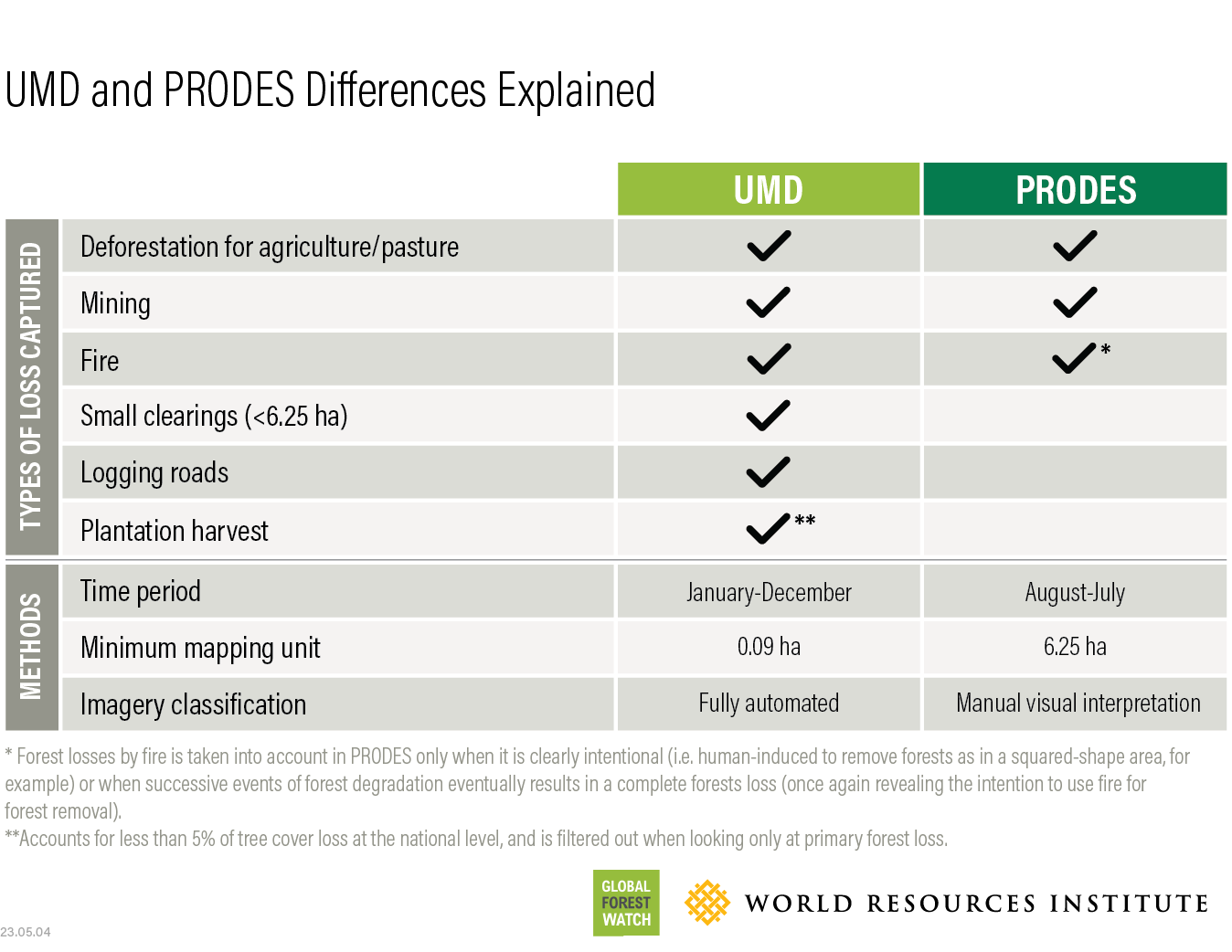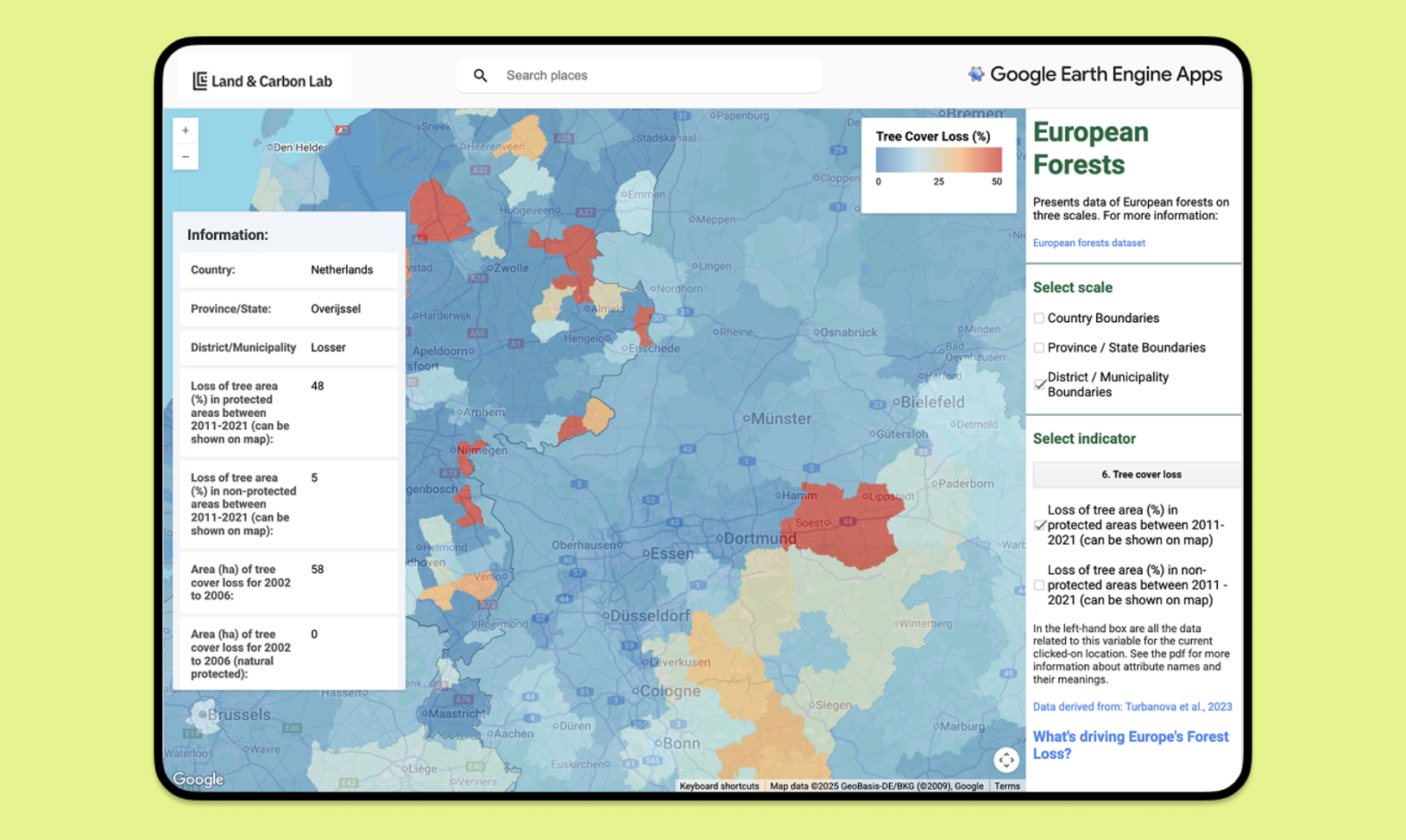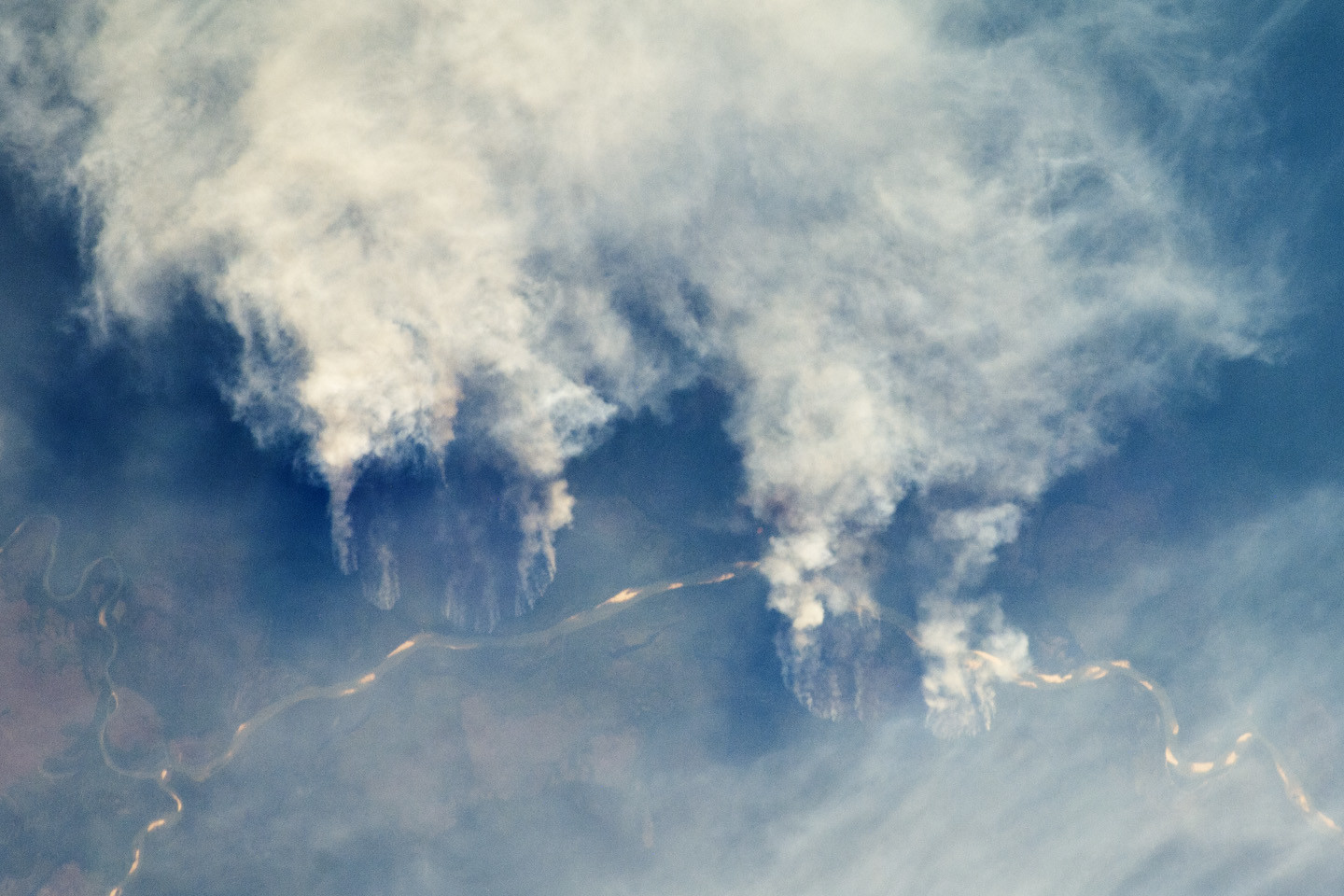Global Forest Watch’s 2022 Tree Cover Loss Data Explained

©Neil Palmer/CIAT
New tree cover loss data from the University of Maryland (UMD) and available on Global Forest Watch (GFW) shows high rates of primary forest loss in 2022 despite political ambitions to curb loss. What does the data measure, what is different this year and how does it compare to other official estimates of deforestation? Here is what you should know about the new data.
What tree cover loss measures and how this differs from deforestation
The tree cover loss data from UMD captures the annual loss of all trees taller than five meters for the calendar years between 2001 and 2022. Because optical satellite data collection can often be obscured by cloud cover in the humid tropics, some late-in-the year loss can be picked up in the next year following persistent cloud cover. This is a common occurrence in many tropical countries where cloud cover is prevalent.
The tree cover loss data includes the loss of trees in natural forests as well as in plantations and tree crops. Loss of this tree cover can be due to human or natural causes and can be permanent or temporary. Deforestation differs in that it only refers to a human-caused, permanent change from forest to another land use. Some forms of tree cover loss, such as conversion of a natural forest to agricultural land, are considered deforestation, while other forms of tree cover loss, such as timber harvesting in plantation forests or natural disturbances, are not. Read more about the differences here.
A new tool available on the Global Forest Review, the Targets Tracker, enables us to use tree cover loss data to measure progress toward deforestation commitments on a global level by using a coarse resolution proxy of deforestation. To do this, the Targets Tracker identifies losses that are likely to represent deforestation in and outside of the tropics by only including tree cover loss from certain drivers. Specifically, it includes the expansion of small-scale agriculture into humid tropical primary forests, as well as all loss in commodity-driven deforestation and urbanization. It excludes temporary losses, such as from fires or forestry activities.
Why we focus on the tropics
In our analysis of the UMD data, we largely focus on tree cover loss in tropical primary forests because tropical forests experience the vast majority (over 96%) of the world’s deforestation, and loss in those areas has huge impacts on biodiversity and carbon storage. Even if these losses are eventually reversed, it will take decades for these habitats and carbon stocks to recover, and permanent biodiversity loss may occur.
How does tree cover loss compare with official country data in Brazil and Indonesia?
Brazil
PRODES — the official forest monitoring system for the Amazon from Brazil’s National Institute for Space Research (INPE) — and the UMD data have methodological and definitional differences that are important to understand when comparing these two data sources. PRODES measures clear cut deforestation and anthropogenic forest losses by fire larger than 6.25 hectares, whereas UMD captures loss larger than 0.09 hectares of all trees taller than five meters. These are both important measures that help us understand how forests are changing since deforestation, forest fires and small disturbances to forest canopy can all lead to impacts on climate, biodiversity and ecosystem services.

Separating out tree cover loss from fire in the UMD data has resulted in a much closer match between these two data sets. However, the two seem to show different trends for 2022 in the Brazilian Amazon: PRODES shows an 11% decrease in deforestation while UMD shows a 21% increase in non-fire primary forest loss.
PRODES vs. UMD data in the Brazilian Amazon
The reason for this discrepancy may be the difference in reporting periods. PRODES uses the period between August and July (in this case, August 2021 to July 2022), while UMD uses the calendar year (January to December 2022). The Brazilian government’s DETER alerts — which track deforestation on a daily basis — suggest that deforestation rates increased in the second half of 2022 compared to previous years. DETER alerts detected a 2% decrease in deforestation between August 2021 and July 2022 compared to August 2020 to July 2021, but detected a 25% increase between the calendar year 2021 and 2022.
DETER Alerts in the Brazilian Amazon
Indonesia
This year, WRI and Indonesia’s Ministry of Environment and Forestry (MoEF) are working together on a joint analysis to better understand the UMD/GFW primary forest loss findings through the MoEF’s data and definitions. Overlaying the UMD/GFW primary forest loss data for 2022 with the MoEF land cover map shows that 67% occurs within Indonesia’s official forest cover classes, with the remaining 33% taking place in mixed dry land agriculture, shrub, swamp shrub and other land cover types. Approximately 107 thousand hectares of loss was found to be both within Indonesia’s official forest land cover classes and with a patch size larger than two hectares. Of these 107 thousand hectares, about 12 thousand hectares were within areas legally classified as primary forest in Indonesia. The upcoming joint analysis will improve our understanding of these issues.

Data improvements over time result in inconsistencies in the data before 2015
Algorithm adjustments and better satellite data have improved the tree cover loss data set over time. Changes to the tree cover loss detection algorithm for the years 2011-2014 and 2015 onwards and the incorporation of Landsat 8 data starting in 2013 make it easier to detect smaller scale changes, such as loss due to fires, selective logging and shifting agriculture. Variations in satellite image availability also mean there are inconsistencies with the quality and number of images available to capture data each year.
To address these issues, we:
- Focus our analysis on trends post-2015.
- Assess the three-year moving average to interpret longer-term trends.
- Disregard the increase in loss post 2012 in places dominated by small-scale agriculture, like Central Africa. This increase is likely due to data improvements that better detect the loss later in the time series.
How will the data change over time?
UMD is working on improvements to the tree cover extent and change data, which will result in changes to the data in the coming years. The new data will track the annual extent of tree cover and offer annual loss and gain information using a consistent algorithm across the time series. It will also track multiple gain and loss events in a single location, allowing us to better track dynamic areas of forest change such as forestry activities and wildfires. Incorporating annual gain and repeated loss events will provide a more complete picture of global forest change.


